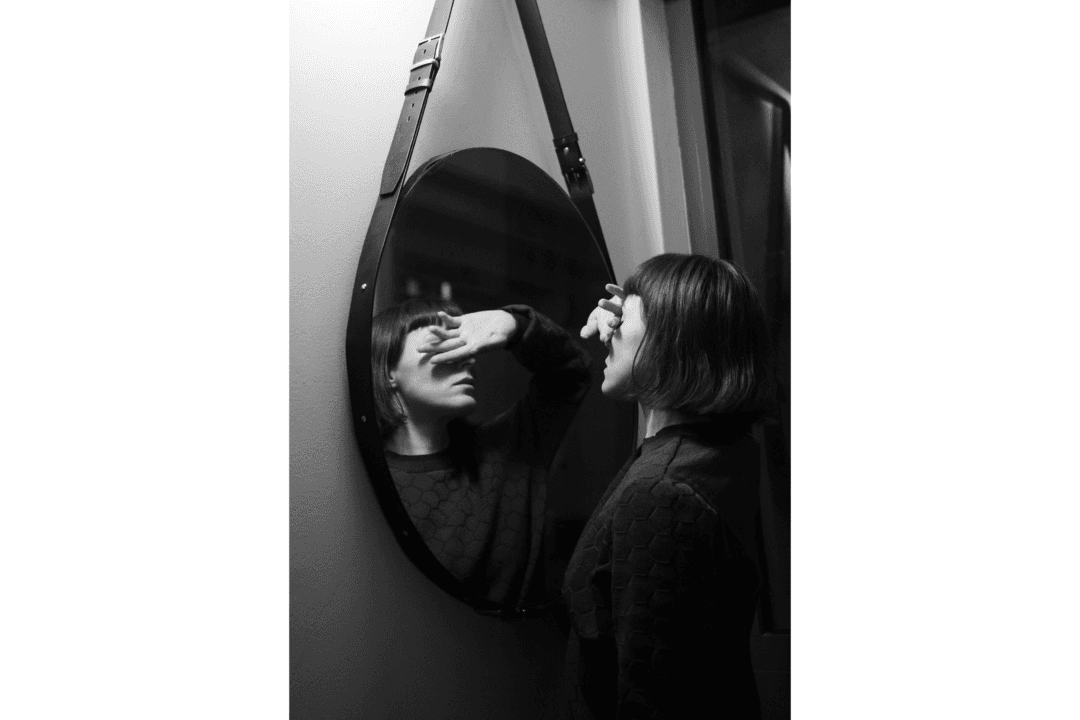The act of creation—making something from nothing—is remarkable. Survey after survey reveals what a valued trait creativity is to us today, and scholars strive to get at why.
The prolific artist Wim Wenders is known not only for his strong vision but his interest in other artists. The writer, photographer, painter, and filmmaker has documented dancers and designers on film, and written about the world of forgotten musicians, among other endeavors.






